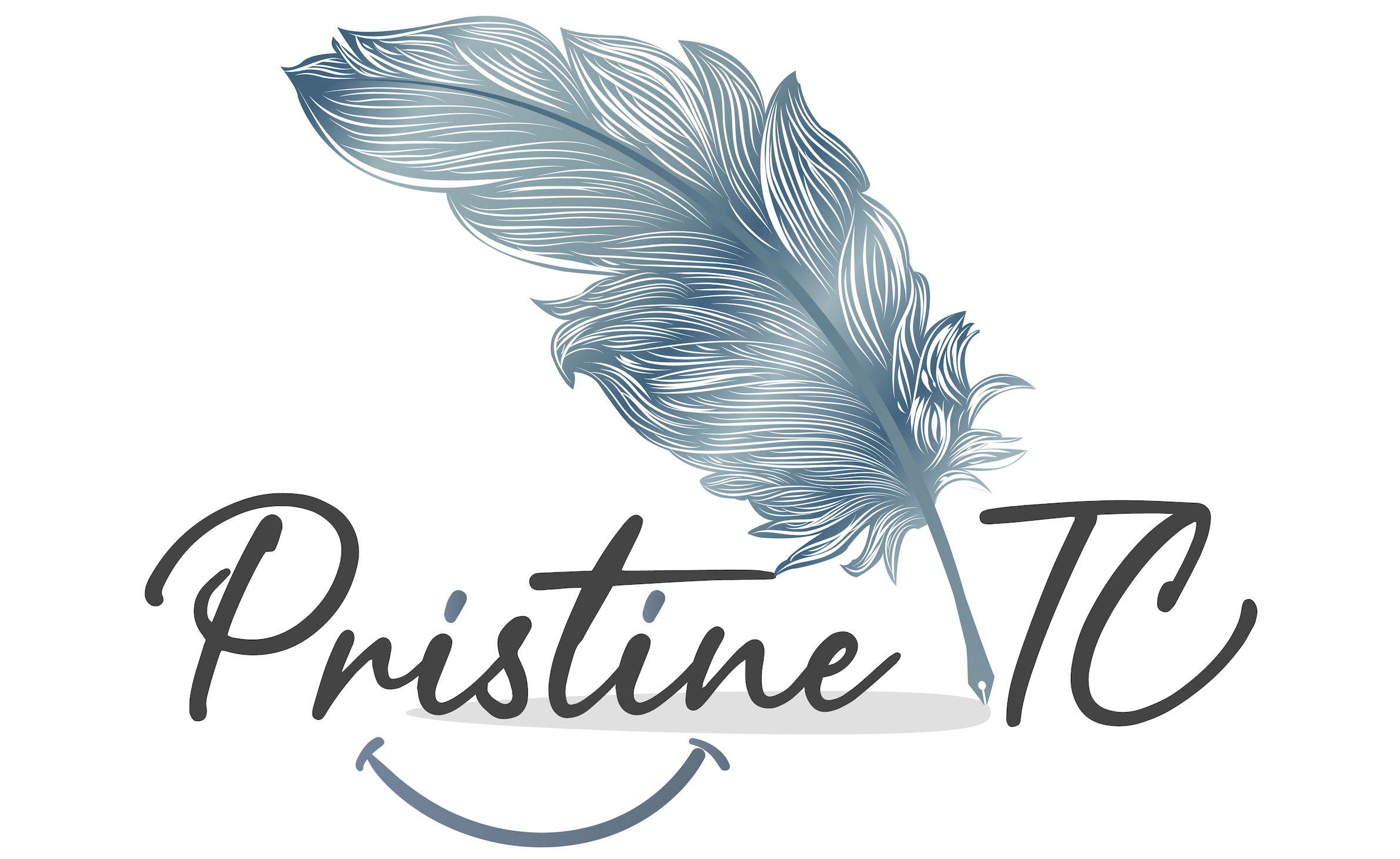Blog

Transform Your Real Estate Listings: Master Professional Photography, Staging, and Descriptions
"Some people look for a beautiful place. Others make a place beautiful." —Hazrat Inayat Khan
Transforming real estate listings into captivating showcases is essential in today’s competitive market. For real estate agents looking to stand out, mastering professional photography, effective home staging, and writing compelling listing descriptions is key to attracting buyers. With the right techniques in property photography, strategic home staging, and persuasive real estate marketing, agents can significantly enhance the appeal of their listings. In this guide, we will delve into actionable tips and strategies that will help elevate your real estate listings, making them irresistible to potential buyers.
💥 Mastering Professional Property Photography
Importance of High-Quality Images
High-quality images are crucial for making your real estate listings stand out. Studies show that listings with professional photos sell faster and at higher prices. Poor quality images can deter potential buyers, making properties look less appealing and harder to sell. Conversely, high-quality images highlight the best features of a property, capturing light, space, and details in a way that engages viewers.
Investing in professional property photography can make a significant difference. Professional photographers have the skills and equipment to produce stunning images that attract buyers. These images can be used across various platforms, enhancing your real estate marketing efforts. In a digital age where first impressions often occur online, having high-quality photos is not just an advantage—it's a necessity for attracting buyers and closing deals quickly.
Essential Photography Techniques
To truly master property photography, certain techniques are essential. First, ensure proper lighting. Natural light is preferable, so schedule shoots during the day, opening curtains and blinds to let in as much light as possible. Use additional lighting to fill in darker areas, but avoid harsh shadows.
Second, pay attention to composition. Use a wide-angle lens to capture more of the room and create a sense of space. Position the camera at chest height and aim to include three walls in each shot to provide depth and context.
Third, focus on cleanliness and decluttering. Make sure each room is tidy and free of personal items. This creates a neutral canvas that allows potential buyers to envision their own belongings in the space.
Lastly, use photo editing software to enhance images. Adjust brightness, contrast, and color balance to make the property look its best without over-editing.
Choosing the Right Equipment
Selecting the right equipment is vital for achieving high-quality property photography. Start with a good DSLR or mirrorless camera. These cameras offer superior image quality and versatility compared to smartphones. Look for models with a high dynamic range and low-light performance to handle various lighting conditions.
A wide-angle lens is crucial for capturing entire rooms and making spaces appear larger. Lenses with focal lengths between 14mm and 24mm are ideal. Additionally, a sturdy tripod is essential. It ensures stability and allows for longer exposure times, which can be beneficial in low-light situations.
For lighting, consider using external flash units or continuous lighting kits to supplement natural light. These can help eliminate shadows and brighten darker areas. Lastly, invest in photo editing software like Adobe Lightroom or Photoshop. These tools allow you to enhance your images, ensuring they look professional and appealing to potential buyers. High-quality equipment is a foundational investment in your real estate marketing strategy.
Effective Home Staging Techniques
Creating a Welcoming Atmosphere
Creating a welcoming atmosphere is a critical aspect of home staging. First impressions matter, so start with the entryway. Ensure it's clean, well-lit, and inviting. A new doormat, a fresh coat of paint on the door, and some potted plants can make a big difference.
Inside, focus on making the space feel warm and lived-in, yet neutral enough to appeal to a broad range of buyers. Arrange furniture to create cozy, conversational areas. Use soft throw pillows, blankets, and area rugs to add texture and warmth.
Scent also plays a crucial role in creating a welcoming atmosphere. Lightly scented candles or diffusers with natural fragrances like lavender or citrus can make the home more inviting.
Finally, pay attention to lighting. Use a mix of ambient, task, and accent lighting to create a comfortable, well-lit space. This not only makes the home more inviting but also highlights its best features, aiding in attracting buyers.
Highlighting Key Features
Highlighting key features of a property is essential in effective home staging. Start by identifying what makes the property unique—whether it's a spacious kitchen, a beautifully landscaped garden, or original architectural details. Once identified, accentuate these elements to capture potential buyers' attention.
In the kitchen, for example, clear countertops and add a bowl of fresh fruit or a vase of flowers to draw attention to the space. Use accent lighting to illuminate high-end appliances or custom cabinetry.
For living areas, arrange furniture to showcase features like fireplaces or large windows with scenic views. Use mirrors strategically to reflect light and make rooms appear larger and brighter.
In bedrooms, highlight closet space by organizing and decluttering. Use high-quality bedding and tasteful décor to create a luxurious feel.
By drawing attention to these key features, you can make the property more appealing and memorable, significantly aiding in your real estate marketing efforts and attracting buyers.
Using a Furniture and Decor Strategically
Using furniture and decor strategically can transform a property, making it more appealing to potential buyers. Start by selecting furniture that fits the scale of the rooms. Oversized pieces can make spaces feel cramped, while too-small furniture can leave them feeling empty. Aim for a balanced look that maximizes space without overcrowding.
Next, arrange furniture to create a natural flow between rooms. This helps buyers easily navigate the space and envision how they would live there. Group seating arrangements to promote conversation and ensure that traffic patterns are clear.
When it comes to decor, less is often more. Use a few well-chosen pieces to add personality without overwhelming the space. Neutral colors are generally best, as they appeal to a broader audience. However, don't be afraid to add pops of color through artwork, pillows, or rugs to create visual interest.
By using furniture and decor thoughtfully, you can highlight a property's strengths and create an inviting atmosphere that attracts buyers.
✍🏻Writing Compelling Listing Descriptions
Crafting Attention-Grabbing Headlines
Crafting attention-grabbing headlines is crucial for drawing potential buyers to your real estate listings. A compelling headline should be concise yet descriptive, instantly conveying the property's most appealing features. Start with strong, action-oriented words like "Stunning," "Luxurious," or "Charming" to evoke interest.
Include key details that set the property apart. For example, "Spacious 4-Bedroom Home with Panoramic Ocean Views" highlights both the size and the unique selling point of the property. Avoid generic phrases like "Nice House for Sale," which fail to capture attention or convey specific benefits.
Additionally, consider adding a sense of urgency or exclusivity. Phrases like "Rare Opportunity" or "Must-See" can prompt immediate interest.
Remember, the headline is often the first thing buyers see, whether they're browsing online listings or flipping through a brochure. A well-crafted headline can make the difference between a quick glance and a deeper look, ultimately aiding in attracting buyers and boosting your real estate marketing efforts.
Describing Unique Property Features
Describing unique property features effectively in your listing descriptions can significantly enhance their appeal. Begin by identifying what sets the property apart—be it a gourmet kitchen, a private garden, or high-end finishes. Highlight these features prominently to catch the reader's attention.
Use descriptive language that paints a vivid picture. Instead of saying, "Nice kitchen," opt for "Gourmet kitchen with granite countertops, stainless steel appliances, and a spacious island perfect for entertaining." This gives potential buyers a clear, enticing vision of the space.
Be specific about details that add value, such as energy-efficient windows, smart home technology, or custom-built cabinetry. Mention any recent renovations or upgrades, as these can be significant selling points.
Avoid overused phrases like "must-see" or "hidden gem" without backing them up with concrete details. By clearly and vividly describing unique property features, you can create compelling listing descriptions that draw in potential buyers and make your real estate marketing efforts more effective.
Incorporating Keywords for SEO
Incorporating keywords for SEO in your listing descriptions is essential for improving their visibility online. Begin by identifying relevant keywords that potential buyers might use when searching for properties. These can include terms like "real estate listings," "property photography," "home staging," "listing descriptions," and "real estate marketing."
Integrate these keywords naturally into your descriptions. For example, instead of saying, "This home has a large backyard," you could say, "This property features a spacious backyard, perfect for outdoor entertaining, making it stand out in real estate listings."
Avoid keyword stuffing, which can make your content difficult to read and may be penalized by search engines. Focus on creating high-quality, informative descriptions that provide value while seamlessly including keywords.
Additionally, use variations and related terms to cover a broader range of search queries. By thoughtfully incorporating keywords for SEO, you can enhance your real estate marketing efforts, attracting buyers and improving your property's online visibility.
Got questions or topics you'd like us to cover in future posts? Drop them in the comments below or reply to this newsletter. Until next time, keep pushing the boundaries and striving for greatness in your real estate transactions!

Instagram: @PristineTC
Facebook: @PristineTC
LinkedIn: @PristineTC
2023, Pristine tC. All rights reserved



